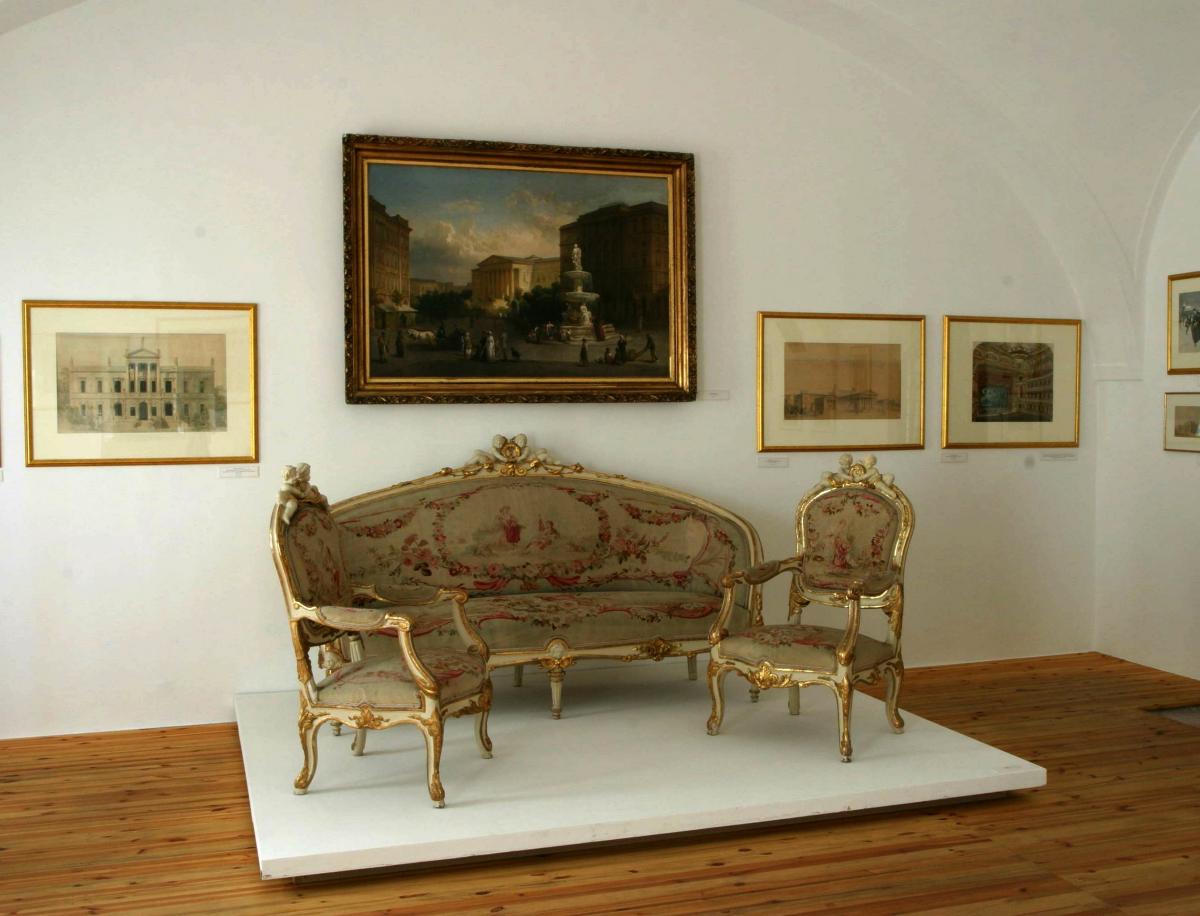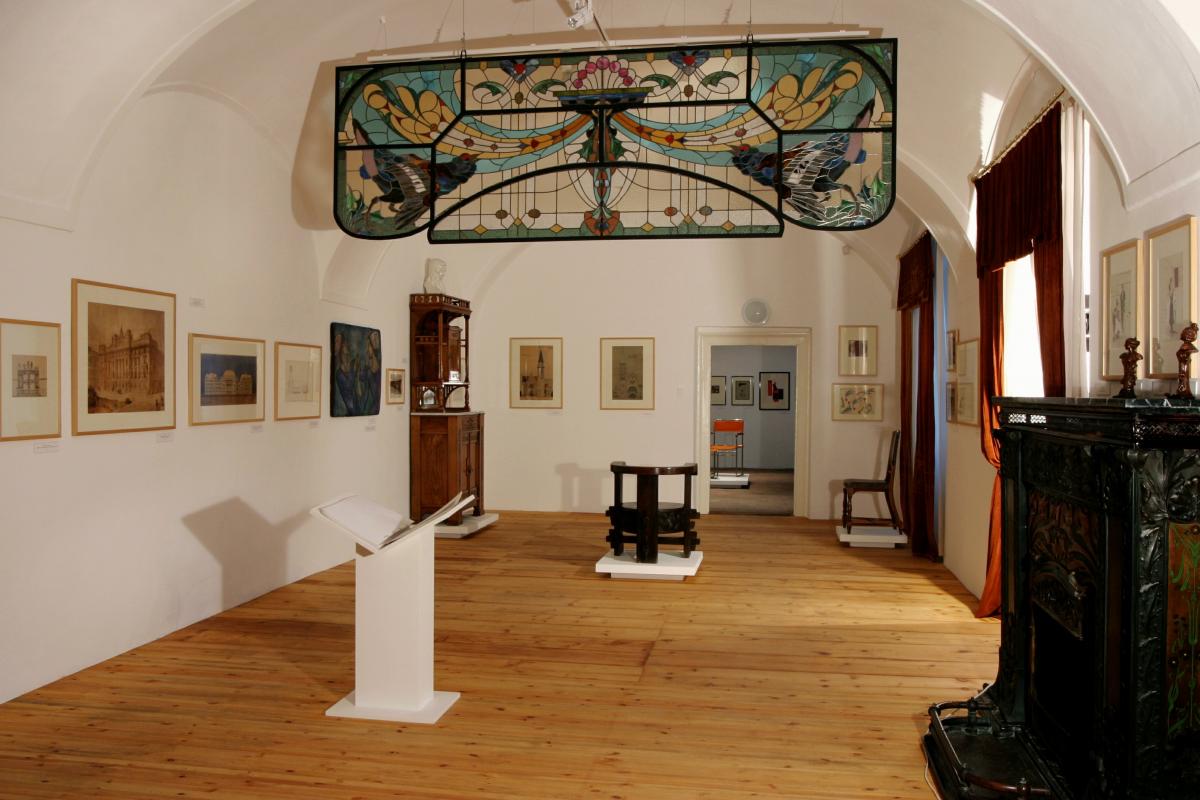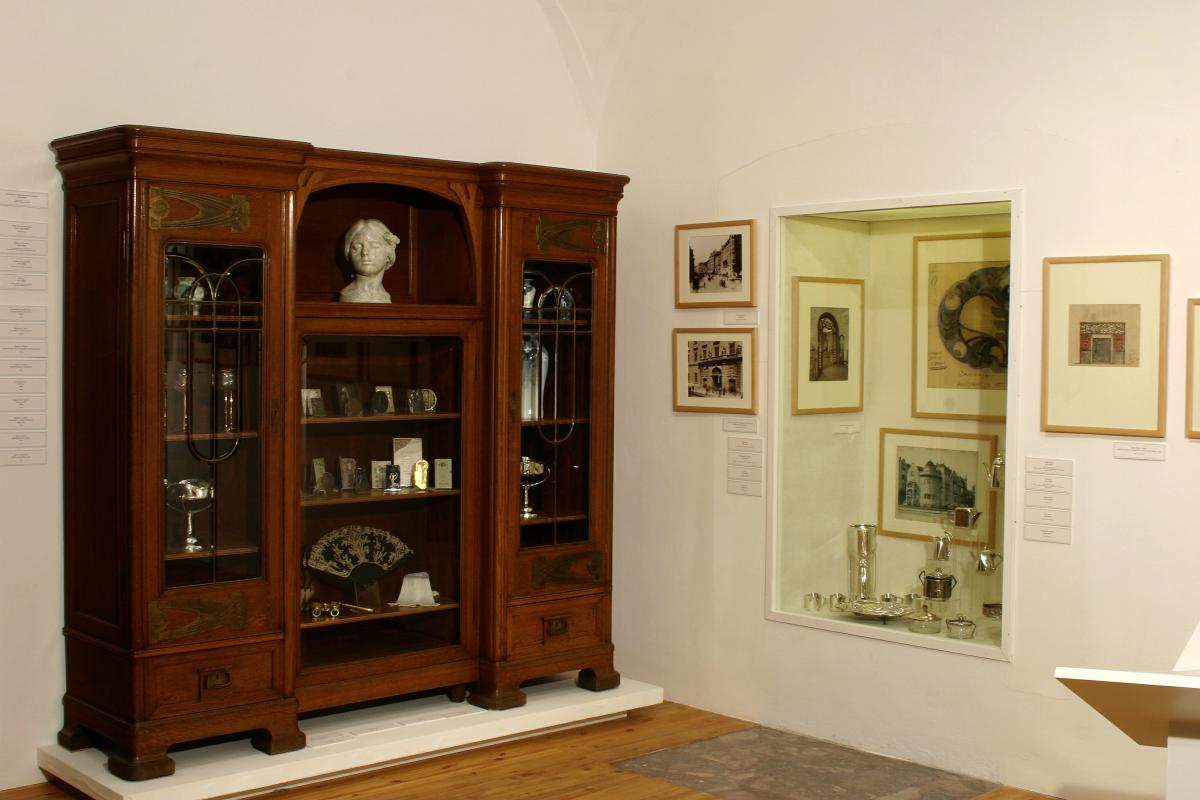- Visitor information
- About us
- Exhibitions
- Temporary Exhibitions
- Permanent Exhibitions
- Past Exhibitions
- 2024/2025 - Life with Honey
- 2024/2025 - WANDERINGS - Lili Ország in Kiscell
- 2024 - Light & City
- 2022 - Gábor Gerhes: THE ATLAS
- 2019/2020 - Shine! - Fashion and Glamour
- 2019 - 1971 – Parallel Nonsynchronism
- 2018 – Your Turn!
- 2018 – Still Life
- 2017 – LAMP!
- 2017 – Tamás Zankó
- 2017 – Separate Ways
- 2017 – Giovanni Hajnal
- 2017 – Image Schema
- 2017 – Miklós Szüts
- 2016 – "Notes: Wartime"
- 2016 – #moszkvater
- 2015 – Corpse in the Basket-Trunk
- 2015 – PAPERwork
- 2015 – Doll Exhibition
- 2014 – Budapest Opera House
- 2013 – Wrap Art
- 2012 – Street Fashion Museum
- 2012 – Riding the Waves
- 2012 – Buda–Pest Horizon
- 2011 – The Modern Flat, 1960
- 2010 – FreeCikli
- 2008 – Drawing Lecture on the Roof
- 2008 – Fashion and Tradition
- 2004 – Mariazell and Hungary
- Virtual museum
- What's happening?
Mosaics from the Past of Budapest Part 2 – Public Places and Private Spaces 1873–1940
Category:
Following the trails of Antiquity of the Capital, the second part of our permanent exhibition recalls one of the most intriguing and significant periods in Budapest's history. Much has survived from those times: apart from the main roads, buildings and development trends, the spiritual milieu, culture and humour of the city have also endured up to the present day. The exhibition can only do justice to the history of the city by presenting a mosaic of Budapest’s profile, its dwellers and its soaring development. Our governing principle was to evoke the various periods with the combination of art works and everyday objects, thereby offering a kaleidoscopic image of the inhabitants' public and private environments, and the changing face of art form.
Each of the three exhibition rooms presents a different period: The first one spans the period from the unification of Pest, Buda and Óbuda (1873) to 1896, the second one from the millennium (1896) to 1918, while the third one from 1918 to 1940.
The decades following the Austrian-Hungarian Compromise (1867) brought an unprecedented population boom. By 1910, the number of inhabitants had more than tripled the 1870 figure of 280,000. Around 1873, the new municipal authorities plunged into constructing the city's missing infrastructure with feverish haste. The consequences of this rapid metamorphosis are reflected in the city's outlook. The typical style of the age was historicism, which kept the classicist ideas alive.
At the time of the millennium (1896), the most fundamental investments seemed to have been carried out — but this was only a facade. István Bárczy, who was elected as mayor in 1906, was the first great politician who had a comprehensive programme in response to the challenges of the age. This was also the time in which art patronage gained increasing momentum. A rich art collection — the basis of the subsequent Municipal Picture Gallery — was founded, which also included contemporary avant-garde works. At the outbreak of World War I, the foundations of the city's infrastructure had been laid; paved roads, baths, hospitals, schools were established.
After 1918, the structure of municipal government was thoroughly changed, as an outcome of the quick succession of political events. The dramatic deterioration of economic conditions, galloping inflation and the flood of refugees called for a shift in emphasis to welfare activities, and the widely accepted art patronage activity of the capital petered out almost completely. In the disillusioned atmosphere following the revolutions, historicism was once again revived, but from the second half of the 1920s the new styles of modernism also gained ground not just in art but also in everyday culture and interior design. From 1926 onwards, economic conditions grew somewhat better and art patronage also gathered momentum.



Photo: Judit Fáryné Szalatnyay
